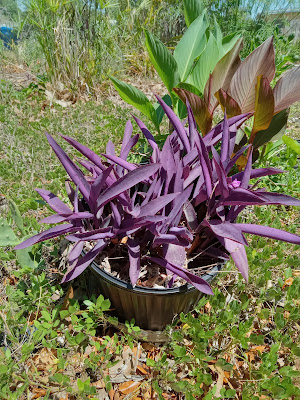 |
| Our home |
Dividends are the ultimate rewards program for investors. They are a distribution of a portion of a company's profits to its shareholders. Dividends are a great way for companies to reward their investors for their loyalty and commitment to the company. In this blog post, we will discuss why dividends are the ultimate rewards program and how they benefit investors.
First and foremost, dividends are a tangible and reliable reward for investors. Unlike other rewards programs that offer points or rewards that may have a limited lifespan or expiration date, like those flyer miles, dividends are a direct payment to shareholders that they can use as they see fit. Whether they want to reinvest the dividends to buy more shares or use them for other expenses, dividends are a valuable reward that can be relied upon.
Secondly, dividends are a great way to provide consistent returns to investors. Companies that pay dividends typically have a stable financial situation and are less likely to suffer from market fluctuations. This stability provides investors with a sense of security and helps them to plan for their financial future. Additionally, dividend-paying companies tend to be more attractive to long-term investors, who are looking for consistent returns over time.
Another benefit of dividends is that they are a great way to increase a company's attractiveness to investors. By offering dividends, companies are signaling to investors that they are financially stable and committed to long-term growth. This can attract more investors to the company and increase its stock price, which can benefit all shareholders.
Moreover, dividends are a tax-efficient way to earn income from investments. In most countries, dividends are subject to lower tax rates than other types of income, such as interest income or capital gains. This means that investors can earn income from dividends while keeping more of their earnings. Some dividends are taxed at the usual income tax rate and others such as REITs are taxed at the capital gains rate, which is often better for low earners.
Lastly, dividends can also provide a valuable source of income for retirees. Retirees often rely on income from their investments to support their living expenses. Dividends can provide a steady and reliable income stream for retirees, which can help them to maintain their quality of life in retirement.
Monthly or quarterly dividend income can be a great source of wealth for early retirees also. Owning stocks and bonds that provide returns are truly passive investments, and can be set it and forget it. This is why a lot of the online community are big fans of exchange traded funds like SCHD and JEPI and VNQ, which we also appreciate at our homestead.
In conclusion, dividends are the ultimate rewards program for investors. They are a tangible and reliable reward that provides consistent returns, increases a company's attractiveness, and provides a tax-efficient way to earn income. Additionally, dividends can be a valuable source of income for retirees. As an investor, it's important to consider dividends as a factor when choosing which companies to invest in. By investing in companies that pay dividends, investors can benefit from a valuable and reliable rewards program.














































